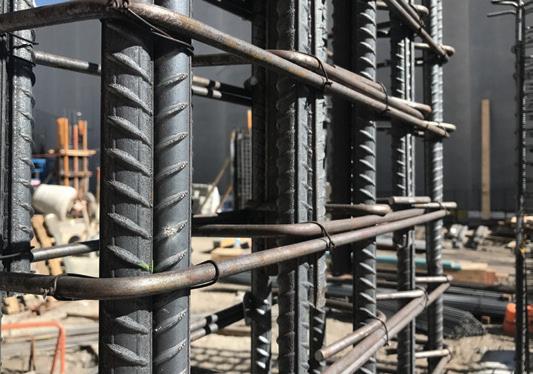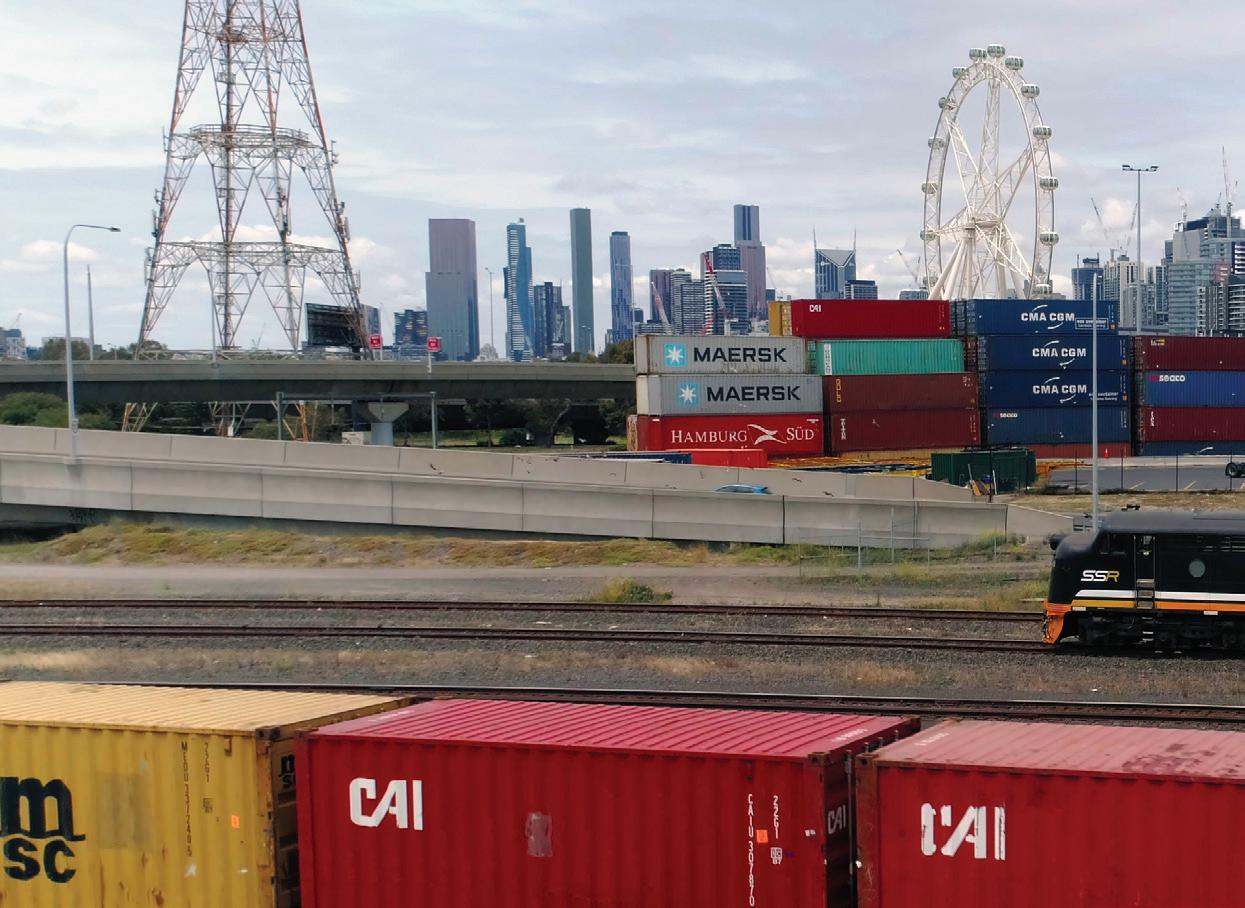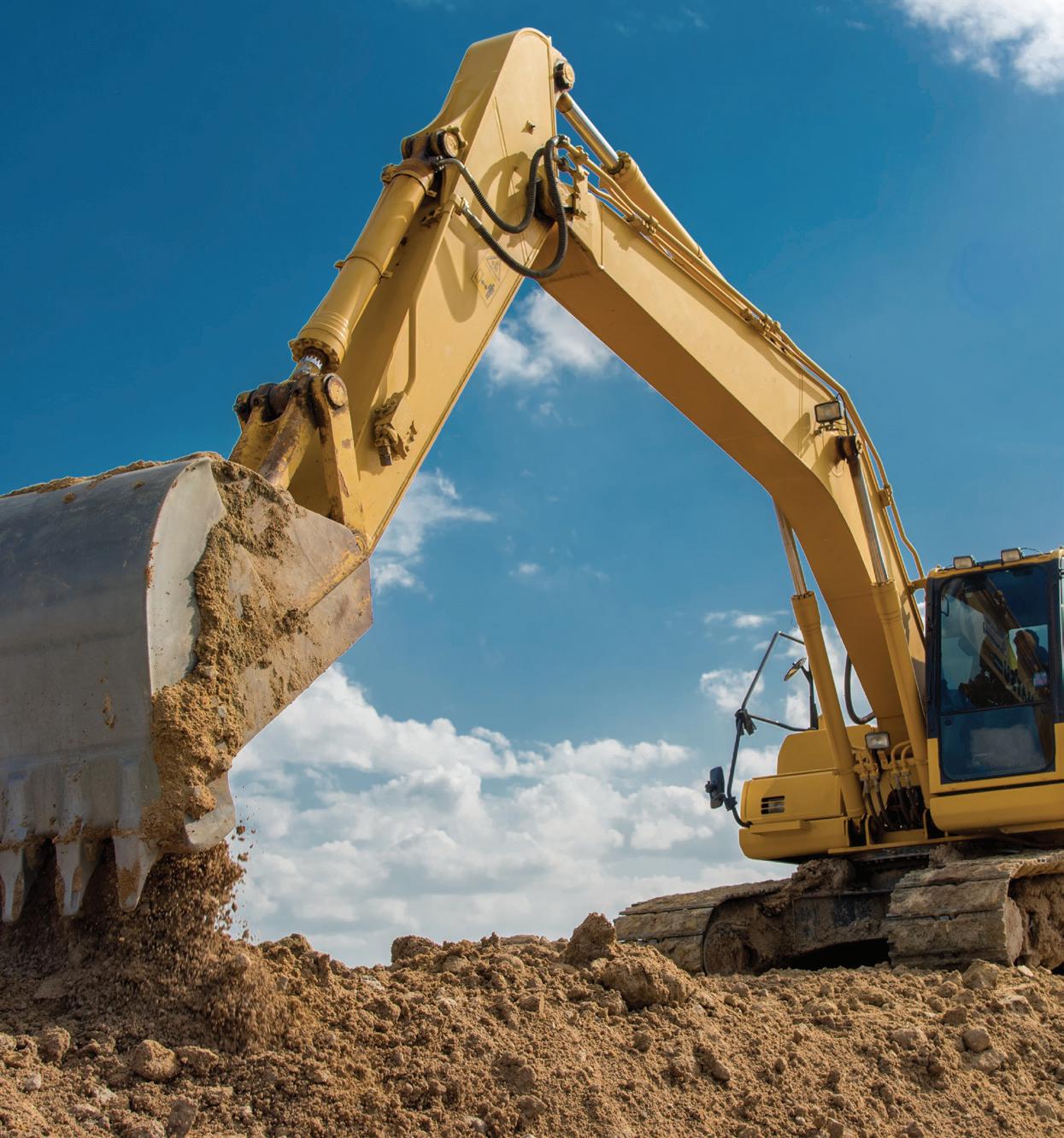INDUSTRY INSIGHTS
by Peter Newman AO, Professor of Sustainability, Curtin University, Perth
THE NEW INFRASTRUCTU The next economy is emerging rapidly based on new infrastructure that has been ready, but not yet mainstreamed.
S
ince the 1920s long wave theory economists have analysed the waves of innovation following economic collapse in the past 250 years. Figure 1 shows the past five waves and the potential for innovation in the postCOVID economy. The innovations in infrastructure outlined in Table 1, along with the suggested emerging innovations that replace the stranded old assets, attract new investment as they cost-effectively solve multiple problems. These include: ♦ Renewable energy, especially solar PV with batteries ♦ Electro-mobility, especially with non-automobile systems ♦ Smart cities, especially sensors, Apps and ICT focused on efficient demand management ♦ Hydrogen, especially replacing fossil fuels in heavy industry ♦ Circular economy waste and recycling technologies ♦ Biophilic urbanism bringing nature into buildings and infrastructure
14
September 2020 // Issue 16
Figure 1. Waves of innovation over the past 250 years that emerge after economic collapse and create the next economy.
The new wave of infrastructure is an integrated ‘cluster of innovations’ – especially the first three (solar, batteries and electro-mobility) which are rapidly being adopted. These three will be the focus of change over the next decade.
POWER: RENEWABLE ENERGY, PV AND BATTERIES Solar and wind are now the cheapest form of power and are easy to mass produce and implement in most cities and economic systems. Cities will become much more distributed into www.infrastructuremagazine.com.au























